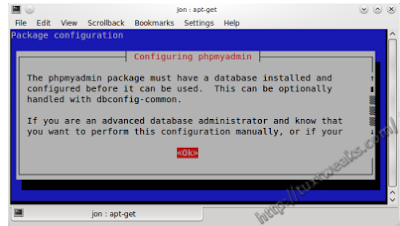The best day of my college life is 21st October,2011 i.e. the last day of our college tech fest Nexus,2011. The whole day, I was indulged in participating in the events. There was no lecture on that day.
First Event Of Day
First event starts at 9 am. That was Adventurous Chronicles. We( team of 5 ) was assigned ten tasks which was to be completed in 30 minutes minutes.
Tasks were:
We tried to do all the tasks fastly. More funny thing was to take pic with black dog. It was just runing and we were running behind the dog. hahaha. Anyhow we done all the tasks and went to submit the task. surprise was that , we were last of all the teams.. Again a funny event. Then we take rest and get ready for another event.
Second Event of the day
Second event was Picto Precept. I make my registration in it. But list was misplace and all teams were complete. So I just attended the event as an audience. Much fun was there in it too. One partner had to draw a logo using MS paint and another partner has to guess the Logo.
Third Event of the Day
Third event was Softronics , conducted by LUG. In it, there were three rounds:
Team of two was in it. Me and Rimal join it. It was much fun with the code. We won 200 cash prize(First Prize) along with certificate.In third round, we have to choose the question by our own choice number. So it was totally based on luck as to which question comes to you either easy or difficult. And there was one team who got all difficult questions and we all said- "Ise Kehte Hain Kismat Kharab, Hahaha". Thus It was much much enjoyable. At the end of event, the pics of winner were taken along with the organisers.
As a whole, I enjoyed that day in college to the fullest.
May such day comes again in my life................. :-)
First Event Of Day
First event starts at 9 am. That was Adventurous Chronicles. We( team of 5 ) was assigned ten tasks which was to be completed in 30 minutes minutes.
Tasks were:
- Collect a comb or a gloss
- Pic with black dog
- A workshop job
- Video of 5 min serving at Lipton
- Ten 5 rs. note
- Pic of HOD Name plates of departments
- Pic of College LOGO
- Pic of 10 mobile phones altogether
We tried to do all the tasks fastly. More funny thing was to take pic with black dog. It was just runing and we were running behind the dog. hahaha. Anyhow we done all the tasks and went to submit the task. surprise was that , we were last of all the teams.. Again a funny event. Then we take rest and get ready for another event.
Second Event of the day
Second event was Picto Precept. I make my registration in it. But list was misplace and all teams were complete. So I just attended the event as an audience. Much fun was there in it too. One partner had to draw a logo using MS paint and another partner has to guess the Logo.
Third Event of the Day
Third event was Softronics , conducted by LUG. In it, there were three rounds:
- Ammend the code
- Write the code
- Quiz on Logo and language Perception.
Team of two was in it. Me and Rimal join it. It was much fun with the code. We won 200 cash prize(First Prize) along with certificate.In third round, we have to choose the question by our own choice number. So it was totally based on luck as to which question comes to you either easy or difficult. And there was one team who got all difficult questions and we all said- "Ise Kehte Hain Kismat Kharab, Hahaha". Thus It was much much enjoyable. At the end of event, the pics of winner were taken along with the organisers.
Fourth Event Of The Day
After so much tiring, we had lunch and then we attended a workshop on Android. It was also very good.As a whole, I enjoyed that day in college to the fullest.
May such day comes again in my life................. :-)












